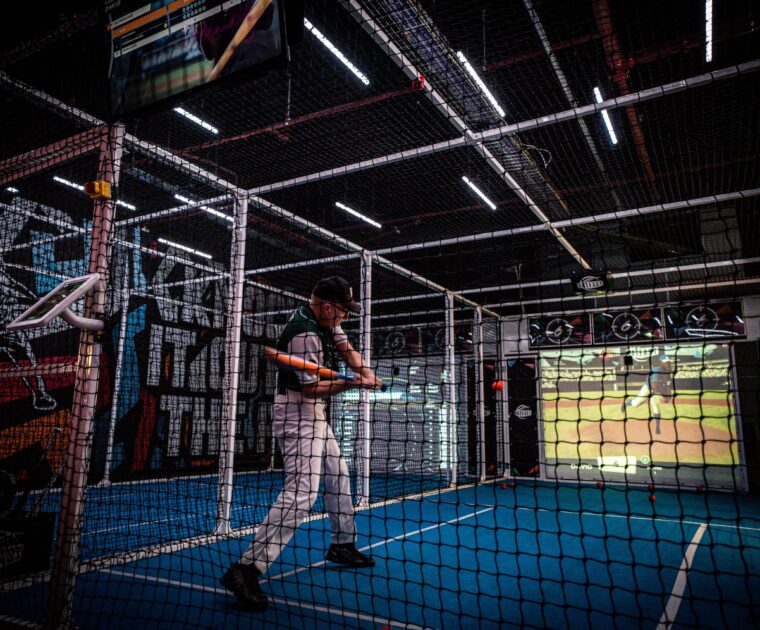When Effort Drops: The Quiet Problem in Baseball Blowouts

In recent years, a subtle but significant issue has emerged in Major League Baseball (MLB): the drop in competitive intensity during baseball blowouts. While every sport has lopsided results, what makes this problematic in baseball is how visibly and structurally it affects the experience for fans, broadcasters, and sponsors. The question is: why do baseball blowouts cause this shift in effort, and what can be done about it?
What is the Issue?
In baseball, a blowout refers to a game where one team leads by a wide margin, typically 7 or more runs. During these baseball blowouts, it’s common to see:
- Position players pitching
- Reduced base running aggression
- Pitchers throwing slow, non-competitive pitches
- Managers resting regulars
- A general shift in tone from competitive to just “getting through it”
It’s understandable. With a 162-game season, teams want to protect their bullpen and starters for games that matter. But this has unintended consequences, especially during MLB blowouts that can stretch over several innings.
Why Baseball Blowouts Hurt the Game
While conserving player health is valid, the strategies used during baseball blowouts often turn games into exhibitions, hurting key stakeholders:
- Fans: They pay to see competition, not a glorified warm-up.
- Broadcasters: Lose engagement and viewership in the final innings.
- Sponsors: Get less value when attention drops and stadiums empty early.
- Young athletes: Receive the message that effort is optional when losing, which is the opposite of what sport should teach.
It creates a perception problem. MLB doesn’t always deliver a full nine innings of meaningful play, especially during blowout baseball games where effort visibly drops.

When It Happens in Other Sports
This isn’t unique to baseball. Other sports also face reduced intensity once outcomes feel inevitable:
- Cricket: Teams chasing big targets may play defensively to protect their net run rate.
- Soccer: Teams already qualified in tournaments may rest players or play out a draw.
- Tennis: Players sometimes lower their effort in games they’re unlikely to win.
However, unlike baseball blowouts, these moments are usually limited to specific formats or end-of-group-stage dynamics.
When It Doesn’t Happen and Why?
Some sports structurally prevent this kind of drop in effort:
- NFL: Less frequent scoring means comebacks feel possible longer.
- NBA: Even during blowouts, the game stays fast-paced and entertaining.
- Tennis: One break can shift momentum quickly.
- F1 & Golf: Every second and stroke counts toward rankings or performance metrics.
These sports have built-in mechanisms that make each moment matter, something baseball blowouts often lack.
Solutions for Baseball Blowouts
To address this growing concern, MLB could consider these reforms aimed at restoring effort and competitiveness during baseball blowouts:
- Run Differential as a Tiebreaker
Incorporate run differential into playoff seeding rules to encourage teams to maintain intensity. - Game Impact Index
Create a stat similar to goal difference in soccer that could influence wild-card standings or draft picks. - Limit Position Players Pitching
MLB has already made progress, but further restrictions could help prevent non-competitive scenes. - Fan Experience Standards
As pitch clocks sped up the game, introducing minimum-effort regulations, like banning pitches below a certain velocity, to reduce mockery during blowout baseball games.
Baseball blowouts may be inevitable across a 162-game season, but apathy doesn’t have to be. Every MLB game is someone’s first and someone’s last. Preserving the integrity of effort, even in lopsided matches, ensures fans, partners, and future players experience the full value of the sport.
For the Thrill of the Hit.
GET IN TOUCH WITH US today to learn more about how BatFast can help you elevate your business.
FAQs
Why do players stop trying in baseball blowouts?
Large score gaps can lead to disengagement, boredom, and mental fatigue, especially among youth and amateur players.
How does BatFast maintain motivation during gameplay?
BatFast offers scenario-based gameplay, turning each session into a winnable, competitive challenge.
Can players simulate high-pressure scenarios with BatFast?
Yes. Players can train under simulated pressure, recreating match-like targets that demand focus, execution, and effort.
Is BatFast suitable for keeping kids engaged in long sessions?
Absolutely. With high-rep training and video feedback, BatFast makes every ball count, even when the stakes seem low.
Can coaches use BatFast to measure effort objectively?
Yes. Coaches can track session stats, participation, and shot quality to ensure consistent effort and development.




Leave a Reply
You must be logged in to post a comment.